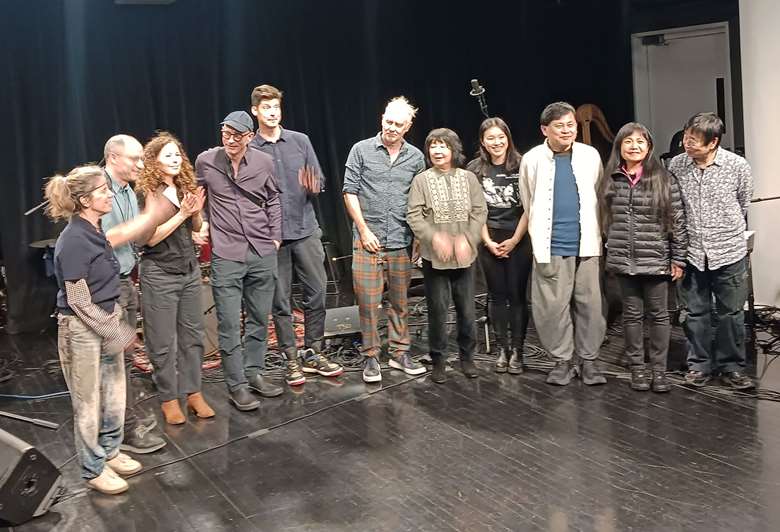Ikue Mori hits 70 with Ches Smith, Satoko Fujii and more at The Stone, NYC
Andrey Henkin
Tuesday, December 19, 2023
The avant electronica artist gathers a vast array of cutting edge jazz and improvising musical talent to mark her seventh decade


Register now to continue reading

Thank you for visiting Jazzwise.co.uk. Sign up for a free account today to enjoy the following benefits:
- Free access to 3 subscriber-only articles per month
- Unlimited access to our news, live reviews and artist pages
- Free email newsletter